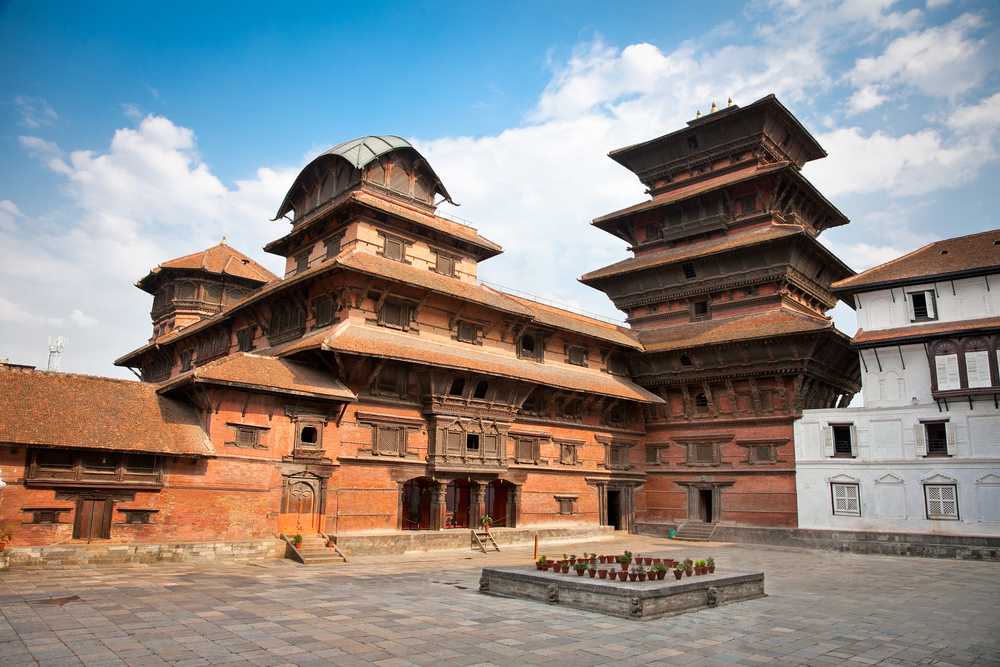

The Hanuman Dhoka is a historic palace located at the heart of Kathmandu, the capital city of Nepal. This ancient royal palace is named after Hanuman, the monkey devotee of Lord Ram, with 'Dhoka' meaning door or gate in Nepali. A statue of Hanuman built in the 17th century sits at the entrance, which has given the entire complex its name. The history of tourism at Hanuman Dhoka is deeply intertwined with the history of Nepal itself.
The complex dates back to the Licchavi period (4th to 8th centuries), but the structures seen today were largely built during the Malla dynasty (12th to 18th centuries) and later expanded and renovated by the Shah kings. As a UNESCO World Heritage Site, Hanuman Dhoka holds exceptional cultural and historical value, comprising several buildings, courtyards, statues, and temples, making it a pivotal attraction in Kathmandu Valley.
The history of tourism in Hanuman Dhoka is a relatively modern tale, with tourism picking up in the 1950s when Nepal first opened its doors to the outside world. Initially, adventurers and mountaineers were drawn to Nepal's natural wonders, but many also came to explore its rich cultural heritage. Hanuman Dhoka soon became a prime attraction for such visitors. Over the decades, increasing numbers of tourists have been drawn to explore its intricate art, architecture, and historical significance.
The palace complex has historically been the center of important royal ceremonies, including the coronation of Nepali monarchs. Public festivals such as Indra Jatra and Dashain were (and still are) celebrated with much fervor within the courtyards, attracting not only locals but also visitors interested in experiencing the vibrancy of Nepali culture. These events remain an important draw for tourists and are key to Kathmandu's cultural tourism.
The devastating earthquake of 2015 caused significant damage to the Hanuman Dhoka palace complex. Restoration and reconstruction efforts have been ongoing, which initially caused a dip in tourist numbers. However, the resilience of the site's management and the significance of the palace have enabled tourism to flourish once more, with many tourists visiting to witness the reconstruction efforts and support the local economy.
In recent years, there has been a shift towards sustainable and responsible tourism in Nepal. Visitors are increasingly seeking authentic experiences, engaging with local communities, and contributing to the preservation of historical sites like Hanuman Dhoka. Cultural immersions, heritage walks, and educational tours focusing on conservation are becoming more popular among tourists. The demand for experiential and responsible travel indicates a positive trend in the country's tourism sector, benefitting heritage sites such as Hanuman Dhoka.
As a cultural epicenter, Hanuman Dhoka continues to play a significant role in Nepal's tourism landscape. Both the government and private sectors are working to ensure that the site remains preserved and accessible for future generations, understanding its importance as a symbol of Nepal's rich history and as a beacon for tourists seeking to explore the depth of Nepali heritage.